Article Highlights:
You need strategic content to generate ROI. Use these tools to start creating a content marketing strategy:
- Market Research
- Marketing Objectives
- Customer Personas
- Customer Journey Maps
- Brand Guidelines
- Editorial Calendar
- Content Promotion
- Performance Analytics
In life, you can’t accomplish anything without a game plan. And the same thing can be said for content marketing.
Creating great content is only half the battle.
You need to have a strategy around it to generate the most ROI for your efforts.
Unfortunately, many marketers seem to be flying blind in this area. But the good news is that, according to a 2018 Content Marketing Institute survey, 75 percent of marketers who don’t have a documented content marketing strategy, plan to create one in the next 12 months.
Not surprisingly, the survey also found that organizations that have a documented content marketing strategy report higher overall levels of content marketing success, compared to those who only have a verbal strategy, or who don’t have any strategy at all.
The marketers in the latter category say they lack a strategy because they can’t get executive buy-in, and silos between departments make it more challenging to coordinate efforts. While all of this may be true, failing to plan is planning to fail. Marketing organizations invest thousands, if not millions of dollars, on content. And not having a strategy doesn’t safeguard or maximize this valuable investment.
If you don’t know where to start, here are the important elements you need to form your content marketing strategy:
Market Research
Your organization likely has tons of data on its customers and products from online and offline channels. Industry reports, surveys, and other recent research also offer more insights on your market segment. Use all this data to better understand customer pain-points, your competitors, and where your brand has an opportunity to differentiate itself.
Marketing Objectives
These will be your road-map, and how you’ll gauge the success of your content.
Identify various types of content you’ll create, key performance indicators (KPIs), and your marketing goals for each of them. For example, will your organization use downloadable guides as a lead-gen tool, and if so, what are your expectations for how this content will perform in terms of conversions and click-throughs? What about content meant to increase brand awareness, drive traffic to your site, or improve customer retention? What metrics will you align with each of these content types to determine whether your organization is getting a return on its investment?
Customer Personas
Every brand should know who their target customers are. Use all your market research and internal data to craft detailed customer personas for the audiences you want to reach. Each persona should include demographic information like the age, gender, household income, and occupation of the type of customer, and behavioral information about that type’s values, preferences, and needs.
Taking the time to thoroughly develop each persona will give you more visibility into who you’re targeting, so you can create content specifically for that type of customer or audience segment.
Customer Journey Maps
Once you’ve crafted your customer personas, outline their journeys. What steps do they take along their path to purchase, and what content can you create to move them further down the pipeline?
With journey maps, it’s critical to understand how customers engage with your brand on each channel. Trace this journey yourself as if you were the customer, and brainstorm content at each stage of the journey that will help to convert or retain them. What pain-points do you notice along this journey? What questions would you have about your brand’s products or services if you were the customer? Think about these things and create content that aligns with your considerations.
Brand Guidelines
Every brand has a voice and a tone. A leading software company might be authoritative and knowledgeable, while a fashion brand might be casual and sassy.
Your company’s voice should align with the brand’s image in the marketplace, and the content you create must reflect that. Brand guidelines, often referred to as a brand bible or style guide, are the perfect way to capture the tone and message of your brand in one place. These guidelines also make sure everyone on your team — and anyone you enlist to help you create content and execute your strategy — is on the same page. It ensures consistency, so that every piece of content feels like it’s coming from the same voice and the same brand.
Editorial Calendar
Once you’ve done the strategic work, it’s time to get down to tactics. An editorial calendar is crucial for this.
Your calendar can be on a spreadsheet, a plain document, or even some project management software. But whatever format it takes, it must outline what kind of content you’ll create, when you’ll create it, who owns it, and key deliverables along the way. A lot of inputs will go into creating this calendar, including upcoming events, your company’s quarterly business goals, new product launches, your sales pipeline, and more. Coordinate with the necessary teams to get the information you need, and align your content with your company’s focus to make what you produce even more timely and relevant.
Content Promotion
Chances are, if you just post content on your site or company blog, no one will see it — unless you’re already generating steady traffic. Newsletters, social promotions, cross-linking, and even third-party publishing should all be part of your content distribution strategy.
Even good content requires promotion, so figure out how much of your marketing budget you need to dedicate to pay-to-play platforms like Facebook and Twitter. Though we all love organic reach and earned media, your content likely will need some paid promotion behind it to get it in front of the right audience. Make sure you allocate enough resources, whether that’s budget or manpower, to have a promotion plan for every piece of content you produce.
Performance Analytics
Last but not least, you need a way to measure your success. You’ll already have your marketing objectives in place, but you’ll also need analytics to track content performance and get a more complete view of how current and potential customers engage with your content. Determine key metrics you need to track, and how you can roll up all this data into daily, weekly, or monthly reports. Track your progress and course-correct to improve content performance.
Content marketing is a balancing act, but with the right tools, you can master it.
Visit Stoke for help with your content strategy, design, and analytics that tie content to revenue throughout the customer journey.



